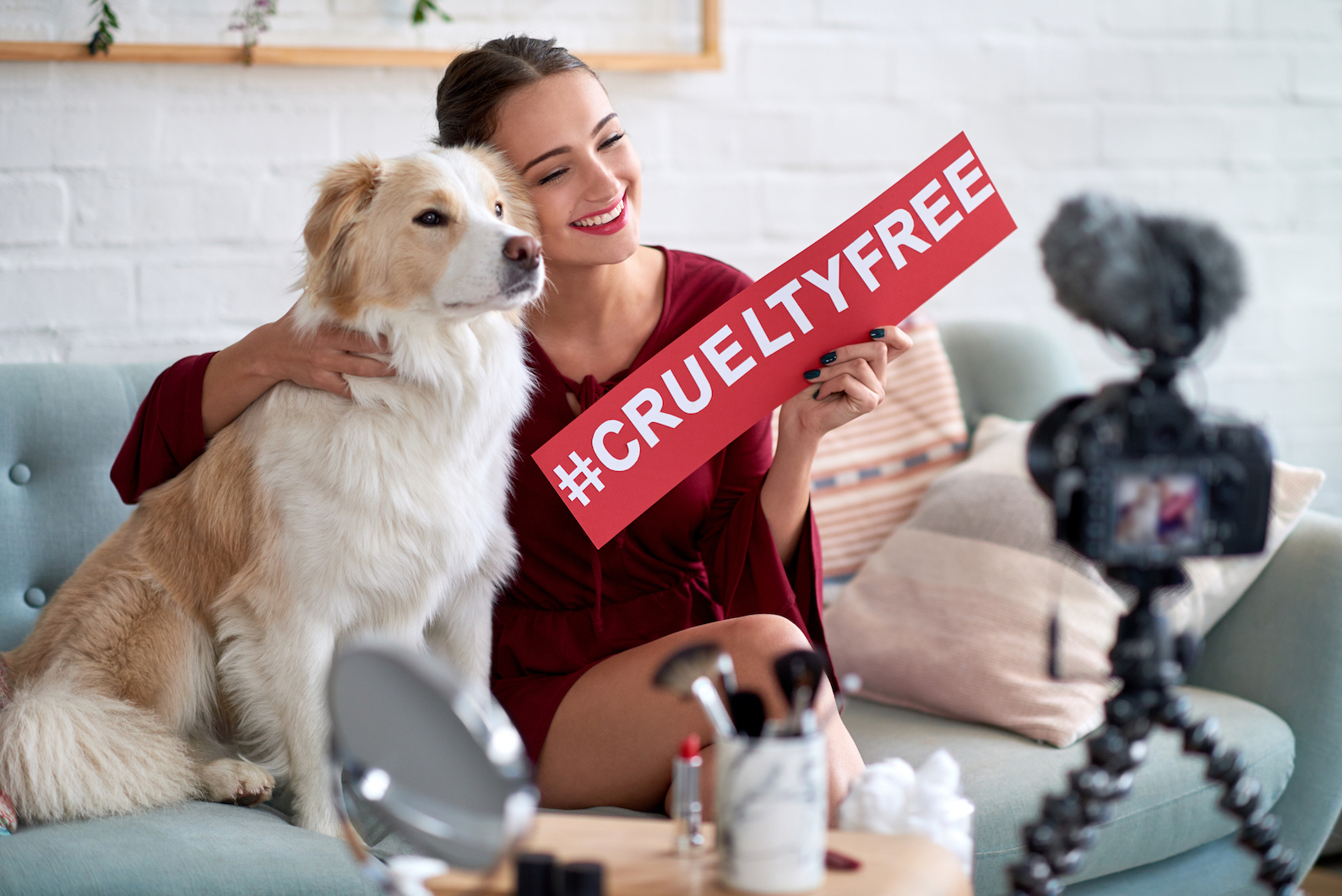
“Cruelty-free” doesn’t always mean what it implies
The beauty aisles in department stores have grown to a massive, and frankly, overwhelming size. These aisles are crammed with bright bottles printed with buzz words such as “moisturizing”, “revitalizing” and “nourishment”.
As awareness spreads about the plight of research animals, more and more people are reading the bottles for words such as “cruelty-free” and “not tested on animals” as well. Unfortunately, there is a lack of clarity about what these words mean and if animals were actually tested on.
Consumers might assume that “cruelty-free” and “not tested on animals” are straight-forward terms that make it clear that no animals were used to test the product. However, as the U.S. Food & Drug Administration (FDA) website points out, “Some cosmetic companies promote their products with claims of this kind in their labeling or advertising. The unrestricted use of these phrases by cosmetic companies is possible because there are no legal definitions for these terms.”
Cosmetic companies may use the phrases “cruelty-free” and “not tested on animals” to describe their finished cosmetic products. This means that the cosmetic a consumer buys at the store was not tested on animals but separate ingredients used to make the product were. While technically the finished product is cruelty free, animals still suffered in a laboratory for the product to be made.
Manufacturers may also use a “cruelty-free” label if they themselves did not perform the animal testing but outsourced the testing to a third party.
Complicating matters even further is a Chinese law that requires foreign cosmetic products to be tested on animals in order to be sold in the country. The incentive of a huge market in China is often too much for manufacturers to turn down.
While many large companies sell their products in China, some are also working to advance the field of non-animal cosmetic testing. L’Oreal has been creating human skin cell models as an alternative since 1979 and is currently researching other alternatives such as molecular modeling and imaging techniques.
As our society advances, so does our science. Cosmetic animal testing is seen by many scientists and researchers as an outdated and inaccurate model. The European Union even banned the use and sale of cosmetic products tested on animals.
Technical phrasing and global politics may be headache inducing for the average consumer, especially one who is trying to pick up some quick groceries. Thankfully, people trying to take a stand with how they spend their dollar can download apps which will tell them if their products are truly cruelty free.
They can also keep their eye out for the Leaping Bunny logo, which guarantees that neither the manufacturer nor any of their ingredient suppliers tested on animals at any stage of the process. As for companies that sell in China the website says, “At this time, any company that markets or sells their products in China may be removed from the Leaping Bunny Program unless a company can provide proof that they are exempt from animal testing now and anytime in the future.”
—
By Brianna Lynne, Earth.com Contributing Writer













